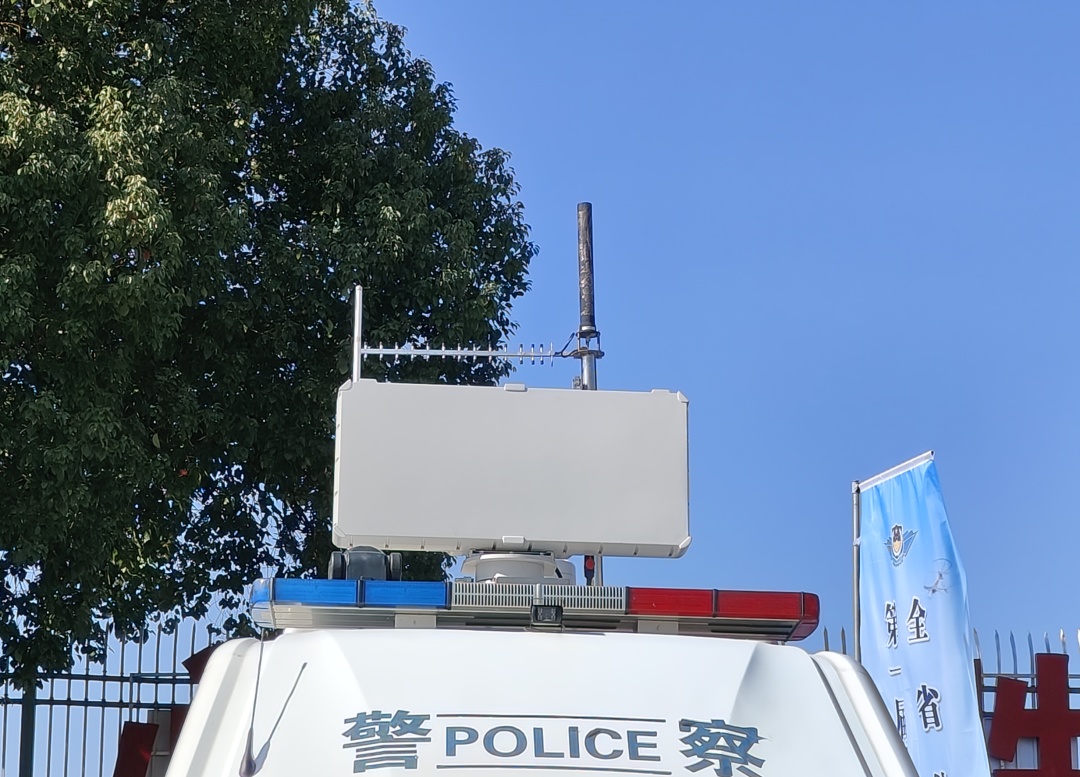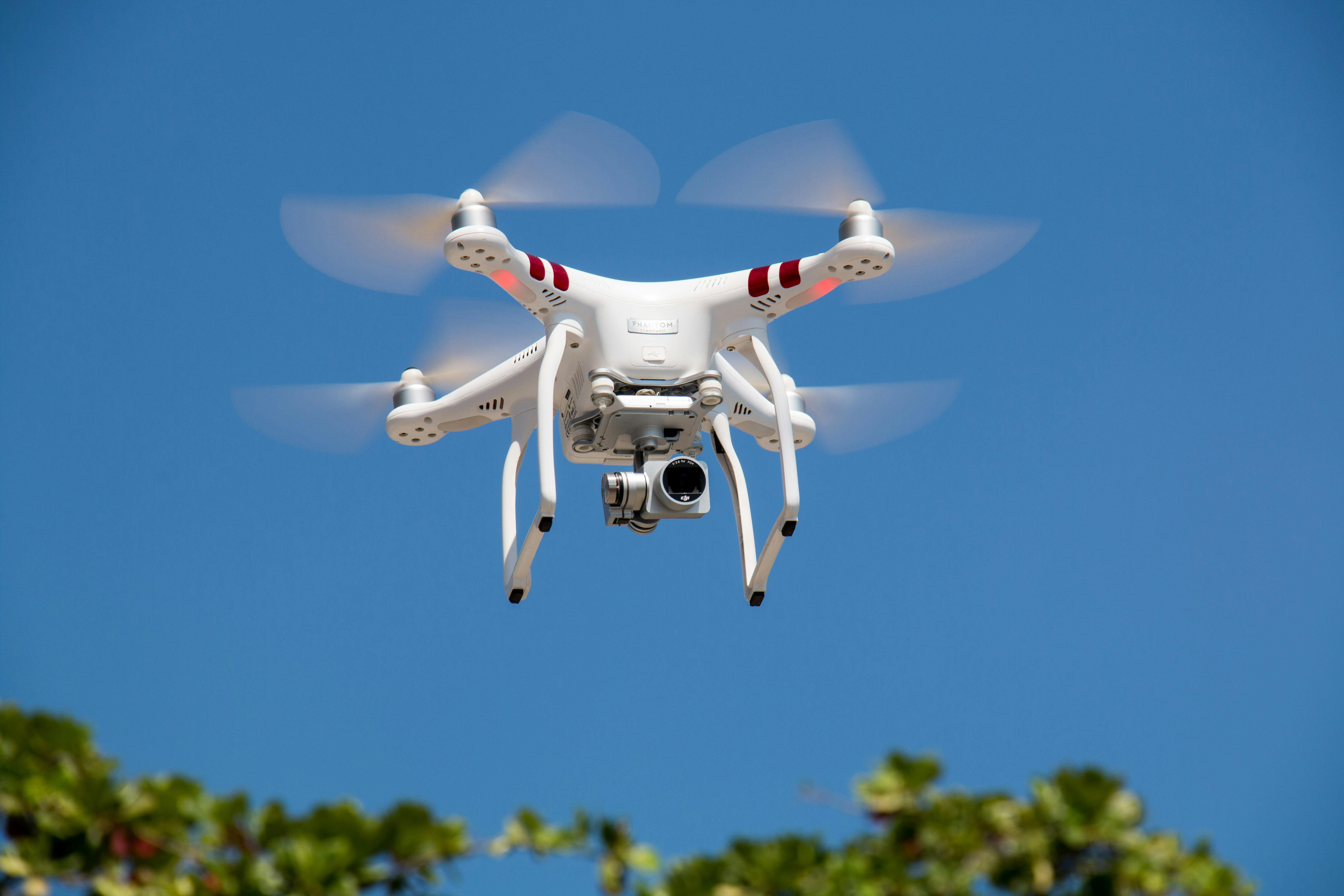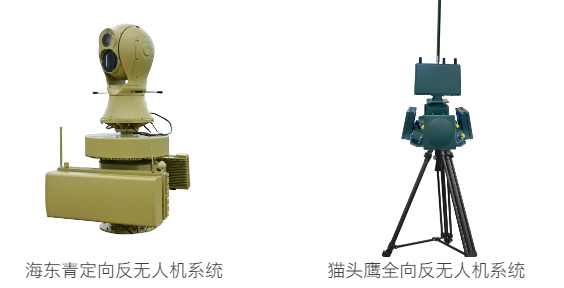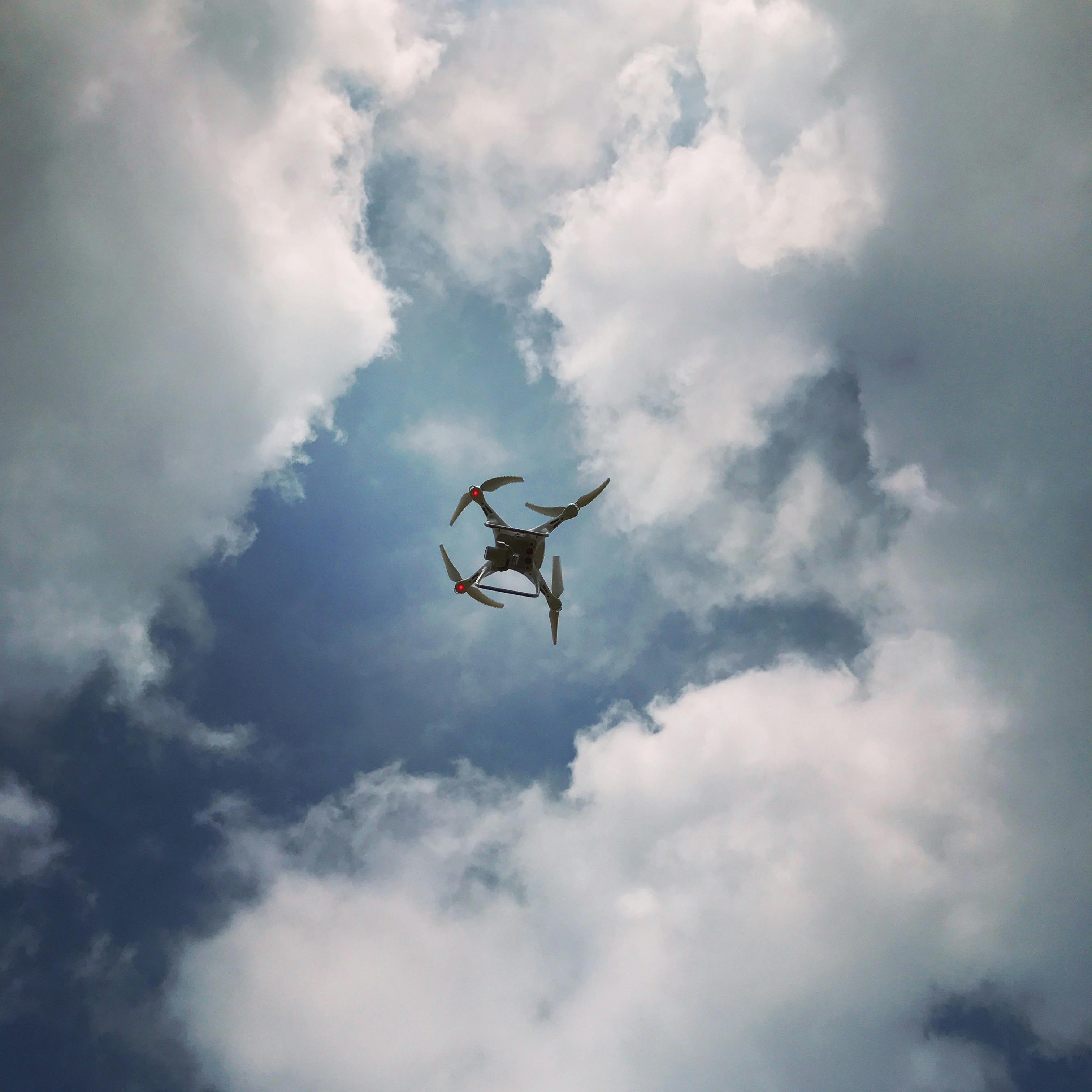In-depth Analysis of the Current Status and Future Trends of Anti-Drone Technology
Release time:
2025-06-20
With the rapid iteration of drone technology, counter-drone warfare is becoming a new strategic issue in global offensive and defensive systems. From Ukraine's "Spider's Web" operation against Russian strategic bombers in the Russo-Ukrainian conflict, to the escalation of the Israeli-Iranian conflict, Israel's large-scale air strikes on multiple locations in Iran, and Iran's saturated counterattack with a large number of missiles and drones, these real-world examples highlight the disruptive power of drone swarms in reshaping the battlefield landscape. As the application scenarios of drones continue to expand, the security risks posed by drones are becoming increasingly apparent, and counter-drone warfare has become increasingly urgent.
Current Status of Counter-Drone Technology

Wuhan Recoda low-altitude anti-UAV series products in real-world operation
Detection and Identification Technology
Currently, common drone detection and identification technologies include radio frequency analyzers, radar, visual/thermal imaging sensors, and acoustic sensors.
Radio frequency analyzers integrate all the necessary functions for testing and measuring radio frequency communication systems, including spectrum analysis, interference analysis, antenna analysis, and power testing. They can capture radio communication signals between drones and ground stations, obtain key information such as location, are relatively low cost and can track multiple targets, but their ability to detect drones relying on inertial navigation and other special flight modes is limited.
Radar is an important detection method. 2D radar can detect most drones but cannot provide altitude information, while 3D radar compensates for this deficiency. Multiple-input and multiple-output (MIMO) radar further improves the detection and tracking of drone swarms. However, the low-altitude, slow-speed, and small radar cross-section characteristics of drones make them easy to confuse with noise and clutter, affecting detection accuracy.

Wuhan Recoda two-dimensional phased array radar XW/SR2265000SA
Wuhan Recoda developed anti-drone two-dimensional phased array radar XW/SR226-5000SA can use electronic scanning in both horizontal and vertical directions, fast scanning, wide coverage, supports multiple tasks concurrently, tracks hundreds of targets simultaneously, has strong anti-saturation attack capability, and is suitable for high-density, high-mobility target environments.
Anti-drone two-dimensional phased array radar XW/SR226-5000SA Through adaptive beamforming, sidelobe suppression, and other technologies, with its "fast, accurate, intelligent, and stable" technical characteristics, it has become the core equipment for dealing with low, small, and slow targets.
Visual and thermal imaging sensors are accurate and reliable for close-range detection and identification, but they are greatly affected by weather and lighting conditions, and their performance is significantly reduced in bad weather. Acoustic sensors can detect drone sounds and calculate direction, covering autonomous drones that do not rely on radio waves. However, environmental noise interference can severely reduce their detection accuracy. In practical applications, multiple detection and identification technologies are often combined to complement each other and build an effective drone detection system.
Countermeasures Technology

Radio Frequency Interference
Radio frequency interference is currently the most widely used countermeasure. Anti-drone systems emit interference signals to disrupt the communication link between the drone and the operator, affecting or even disabling the drone's onboard detection equipment and data transmission processing.

Wuhan Recoda Technology Co., Ltd. developed Owl Omnidirectional Anti-Drone System uses radar and spectrum dual detection and identification within 2-3.5 km, and decoy and radio interference within 1 km. High-gain directional antenna, single-channel power 25-30 watts, concentrated energy, precise interference distance 1-5 kilometers. The system automatically executes the defense plan, and when encountering a rogue drone, it immediately starts the strike or navigation decoy measures to ensure regional safety.
Signal Intrusion
Taking advantage of the characteristics of drones accessing computer networks, countermeasures can be implemented by cracking passwords, implanting Trojan horse software, etc., to intercept operational information. However, this requires a high level of technical expertise and in-depth understanding of drone network architecture and communication protocols.
Air Interception and Ground Firepower Strike
Given the weaknesses of drones' relatively fixed flight paths and slow speeds, air force ground troops and naval air defense forces can coordinate counterattacks. However, this method may cause damage to the surrounding environment and is not suitable for densely populated areas.
Laser Weapons
Using high-energy laser beams to irradiate drones, the thermal effect destroys key components, causing them to fail and crash. It has the advantages of being fast, flexible, resistant to electromagnetic interference, and low cost. However, it is significantly affected by weather conditions, and heavy fog and rain will greatly weaken its range and power.
Drones Used for Counter-Drone Operations
These drones are equipped with advanced detection and jamming devices, and even "suicide" interception equipment, which can identify, track, and destroy enemy drones. They are small, stealthy, and can offset the threat of enemy high-end drones at a lower cost, achieving strategic balance, such as the US "Morpheus" drone, but they are expensive.
Application Scenarios
Counter-drone technology is used to protect facilities and combat operations. For example, Russia deployed various systems in the Syrian war to intercept enemy targets and incorporated related exercises into major exercises after 2019.
In the civilian field, it is widely used in key facilities such as airports and nuclear power plants. For example, the 2022 Qatar World Cup used the "drone hunter" system to ensure the safety of the venues.
As of 2025, mainstream counter-drone systems mostly use 2D/3D radar for precise positioning and are gradually developing towards intelligence and integration.
Future Trends in Counter-Drone Technology
Intelligent and Automated Development

Counter-drone systems can incorporate advanced algorithms and artificial intelligence technology, enabling them to quickly and accurately identify and track drones, make autonomous combat decisions, and achieve automated countermeasures.
For example, the AI-enhanced capabilities developed by Northrop Grumman for the US Army's forward area air defense system can make combat decisions and autonomously select weapons to intercept drone swarms in a very short time.
Multifunctional Integration
Future anti-drone systems will integrate multiple countermeasures, flexibly switching or simultaneously employing various countermeasures based on different types of drone threats and combat environments, forming a comprehensive, multi-layered anti-drone defense system.
Portability and Concealment
Research and development of small, lightweight, and portable anti-drone equipment to facilitate rapid deployment in various scenarios. Simultaneously, emphasize the concealment of the anti-drone system to reduce the probability of detection and interference by the enemy, improving combat effectiveness.
Cost Reduction and Efficiency Improvement
On the one hand, through technological innovation, reduce the research and development and production costs of anti-drone systems, enabling wider deployment and application; on the other hand, continuously improve the detection range, accuracy, and countermeasure efficiency of anti-drone systems to achieve more efficient drone defense at a lower cost.
Anti-drone technology has become a key issue in the security field under the current international situation. In the face of challenges posed by new types of drones such as drone swarms, continuously developing and improving anti-drone technology, exploring future development trends, strengthening international cooperation and regulatory development, is the only way to effectively counter drone threats and maintain national security and social stability.









